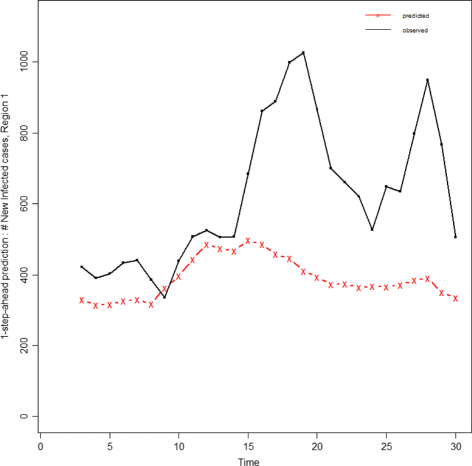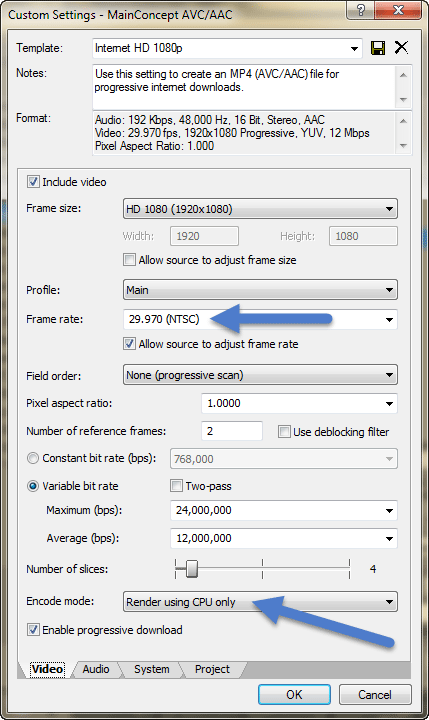

In essence, MAAPE is a slope as an angle, while MAPE is a slope as a ratio, considering a triangle with adjacent and opposite sides that are equal to an actual value and the difference between the actual and forecast values, respectively. MAAPE has been developed through looking at MAPE from a different angle. In order to address this issue in MAPE, we propose a new measure of forecast accuracy called the mean arctangent absolute percentage error ( MAAPE).

However, MAPE has the significant disadvantage that it produces infinite or undefined values for zero or close-to-zero actual values. This improvisation also helps to take care of the skew creeping in as the value of the actual becomes close to zero.The mean absolute percentage error (MAPE) is one of the most widely used measures of forecast accuracy, due to its advantages of scale-independency and interpretability. MADP is a slight change of the MAD as it divides MAD with the average value of the actuals. This would make it less susceptible to values close to zero. The mean is also multiplied by two which makes the percentage to be limited to 200%. In SMAPE the percentage is calculated using the summation of the forecast and the actual value instead of just the Actual value on the denominator. To limit the discrepancy in the above method SMAPE or MADP is used.

This approach turns out to be erroneous when the actual values are close to zero or small giving a very high value for the percentage error. The mean of the values of the percentage error represents MAPE. The percentage error is calculated using the ratio of the absolute error with the actual value.

MAPE (Mean Absolute Percentage Error) as the name suggest it tries to calculate a percentage error. Then the average of these absolute values of the error represents MAD or MAE. MAD or MAE they denote the same concept: The Forecast error for each observation is calculated using the difference between the forecast value and the actual value. Symmetric Mean Absolute Percent Error (SMAPE) Mean Absolute Percentage Error ( MAPE ) MAD ( Mean Absolute Deviation ) or Mean Absolute Error ( MAE ) Various approaches to measure Demand Forecasting Errors: The popular measures for forecasting errors are as follows:


 0 kommentar(er)
0 kommentar(er)
